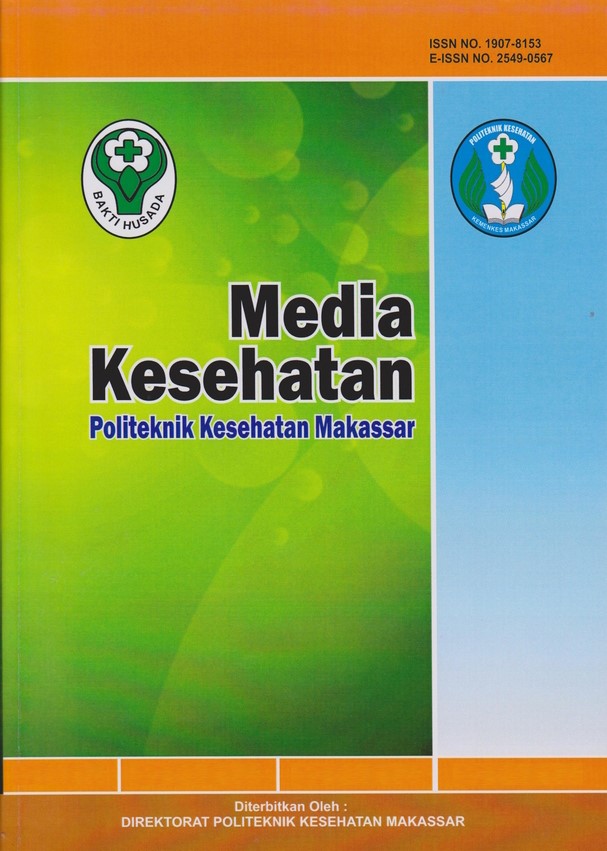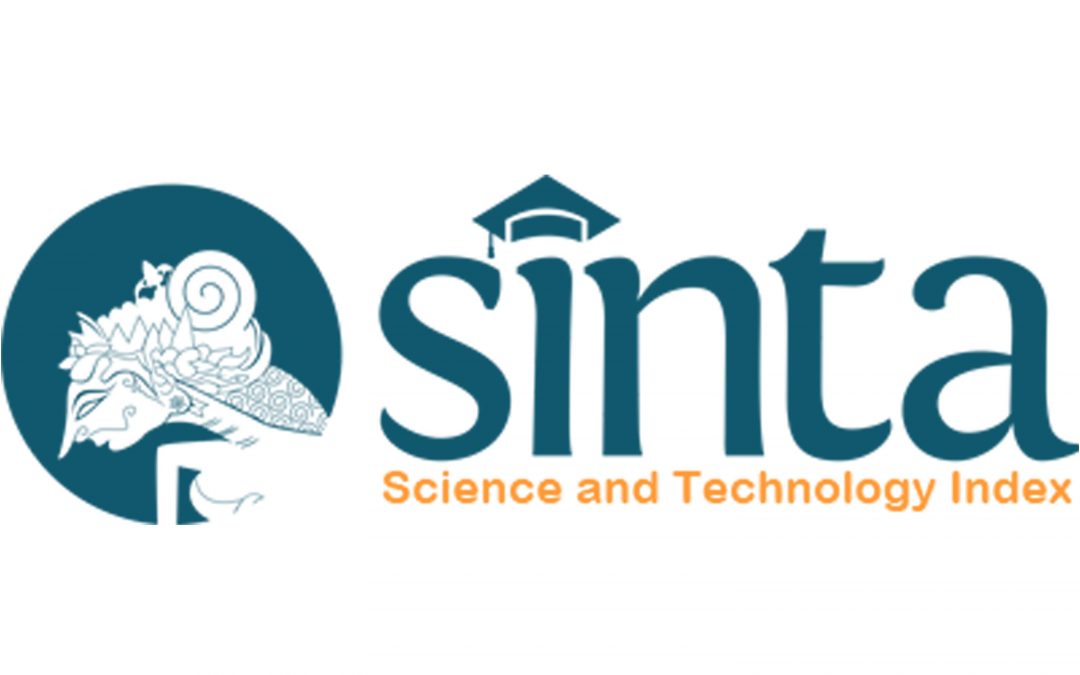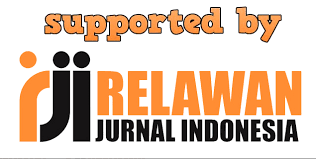Combination of Constructed Wetland and Coagulation in Reducing BOD and TSS Levels in Domestic Wastewater
DOI:
https://doi.org/10.32382/medkes.v19i1.555Keywords:
Keywords : Constructed Wetland, Coagulation, BOD, TSSAbstract
Domestic waste water is a very potential source of water pollution because it contains hazardous and toxic substances that are pathogenic and can cause health problems, so it needs to be treated before being discharged into water bodies. This study aims to determine the effect of a combination of constructed wetlands and coagulation in reducing BOD and TSS levels of domestic wastewater. This type of research is a quasi-experimental with a pretest-posttest control design, namely testing the samples before and after processing. The independent variable in this study is a combination of constructed wetlands and coagulation with the dependent variables namely BOD and TSS levels. The data were analyzed descriptively by looking at the differences in the decrease after going through the treatment on the processing media. The results showed a decrease in the average initial levels of BOD and TSS after treatment with a combination of constructed wetlands and coagulation, the average BOD level decreased to 12.3 mg/l (94.9%). Meanwhile, the average TSS level decreased to 1.6 mg/l (98.3%). It was concluded that research on combinations of constructed wetlands and coagulation had an effect on reducing BOD and TSS levels of domestic wastewater based on Regulation of the Minister of Environment of the Republic of Indonesia Number 68 of 2016 so that it was suggested to the public to use this treatment in treating domestic wastewater and for further research it is best to acclimatize water hyacinth plants first before use.
References
Natsir. M.F. et al. Efektivitas Pengolahan Limbah Cair Domestik dengan Menggunakan Media Tutup Galon Bekas. Sulolipu Media Komun Sivitas Akad Dan Masy.
Badan Pusat Statistik. Survey Sosial Ekonomi Nasional (Susenas) Tahun 2020. Badan Pusat Statistik. 2020.
Balitbangkes. Laporan Nasional Riset Kesehatan Dasar.
Perde D et al. Review Of Constructed Wetland On Type, Treatment And Technology Of Wastewater. Environ Technol Innov.
Gupta et al. Use Of Biochar To Enhance Constructed Wetland Performance In Wastewater Reclamation. Environ Eng Res. 2016;21(1):36–44.
Ginanjar N. Studi Perencanaan Constructed Wetland Untuk Pengolahan Grey Water Di Perumahan Taman Candiloka Kabupaten Sidoarjo. 2021.
Khumaidi, A., Rahayu, T., & Darmiyanti L. Sosialisasi Penanganan Air Limbah Rumah Tangga Di Karawang. J Solma. 2019;8(2):287–94.
DeOliveira, M.S., da Silva, L.F., Barbosa, A.D., Romualdo, L.L., Sadoyama, G. And Andrade L. Landfill Leachate Treatment By Combining Coagulation and Advanced Electrochemical Oxidation Techniques. ChemElectroChem. 2019;6(5):1427–33.
Ahmad, H., & Adiningsih R. Efektivitas Metode Fitoremediasi Menggunakan Tanaman Eceng Gondok dan Kangkung Air dalam Menurunkan Kadar BOD dan TSS pada Limbah Cair Industri Tahu. J Farmasetis. 2019;8(2):31–8.
Artiyani A. HN. Kemampuan Filtrasiupflow Pengolahan Filtrasi Upflow Dengan Media Pasir Zeolit Dan Arang Aktif Dalam Menurunkan Kadar Fosfat Dan Deterjen Air Limbah Domestik. J Ind Inov. 2016;6(1):8–15.
Sumarto. Community Engagement Waste Management dengan Activated Carbon (Nano Porus Materials), Bioarang dan Kompos bagi Masyarakat Desa Parit dan Kebun IX Kec . Sungai Gelam Kab . Mua. Conf ICON UCE.
Downloads
Published
How to Cite
Issue
Section
PDF (Bahasa Indonesia) downloaded: 661















